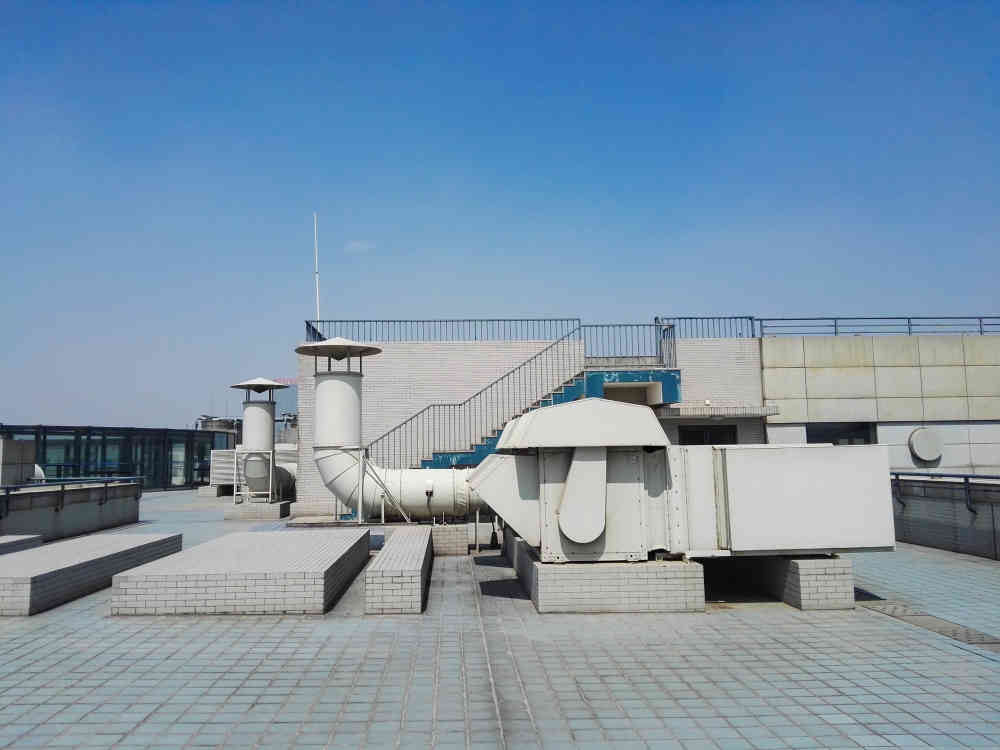Home innovation has evolved far beyond aesthetics and energy efficiency. While smart appliances and sustainable materials have taken the spotlight in recent years, air quality is quickly becoming a key area of focus. With growing awareness of how indoor air impacts health and well-being, homeowners are now prioritizing solutions that ensure cleaner, fresher environments.
The Hidden Impact of Indoor Air Pollution
Many people assume that air pollution is primarily an outdoor issue. Yet, indoor air quality can often be worse due to trapped dust, allergens, mold spores, and volatile organic compounds (VOCs) from household products. When your home has poor air circulation, it can lead to respiratory issues, fatigue, and even long-term health problems. As people spend more time indoors, particularly with remote work on the rise, the need for cleaner indoor air has never been greater.
Smart Homes and Air Quality Tech
Advancements in smart home technology have led to more sophisticated air quality solutions. Smart air purifiers, ventilation systems, and humidity monitors now work in sync to create healthier living spaces. Homeowners can monitor air quality in real time through mobile apps and receive alerts when air conditions deteriorate. Some systems even automate filtration processes based on pollutant levels, ensuring proactive management of indoor air.
The Role of HVAC Systems in Air Purification
Heating, ventilation, and air conditioning (HVAC) systems are no longer just about temperature control—they now play a significant role in maintaining air purity. Modern HVAC units come equipped with high-efficiency particulate air (HEPA) filters and UV light technology to eliminate airborne contaminants. Upgrading these systems can drastically improve indoor air quality, particularly in homes with allergy sufferers or individuals with respiratory conditions.
Sustainable Solutions: Heat Pumps and Clean Air
One of the most effective ways to improve indoor air quality while enhancing energy efficiency is through heat pump installation. Heat pumps regulate indoor temperatures without burning fossil fuels, reducing emissions and improving air purity. Unlike traditional heating systems, they don’t release harmful byproducts like carbon monoxide or nitrogen oxides. As a result, they contribute to both a healthier home and a greener environment.
Air Quality as a Long-Term Investment
Investing in air quality solutions isn’t just about comfort but long-term health and sustainability. Cleaner indoor air has been linked to better sleep, improved cognitive function, and reduced risks of respiratory illnesses. Additionally, homes with advanced air quality systems are becoming more desirable in the real estate market, adding value for homeowners looking to future-proof their properties.
The Future of Home Innovation
As technology continues to evolve, air quality solutions will become even more integrated into smart home ecosystems. Expect to see AI-driven air purification, self-cleaning filtration systems, and even bioengineered materials that naturally improve air quality. With an increased focus on health and sustainability, air quality is set to become one of the most important aspects of modern home design. The shift towards better indoor air quality isn’t just a trend—it’s a necessary evolution in home innovation. By investing in smart solutions and sustainable systems, homeowners can create cleaner, healthier spaces that support long-term well-being.











